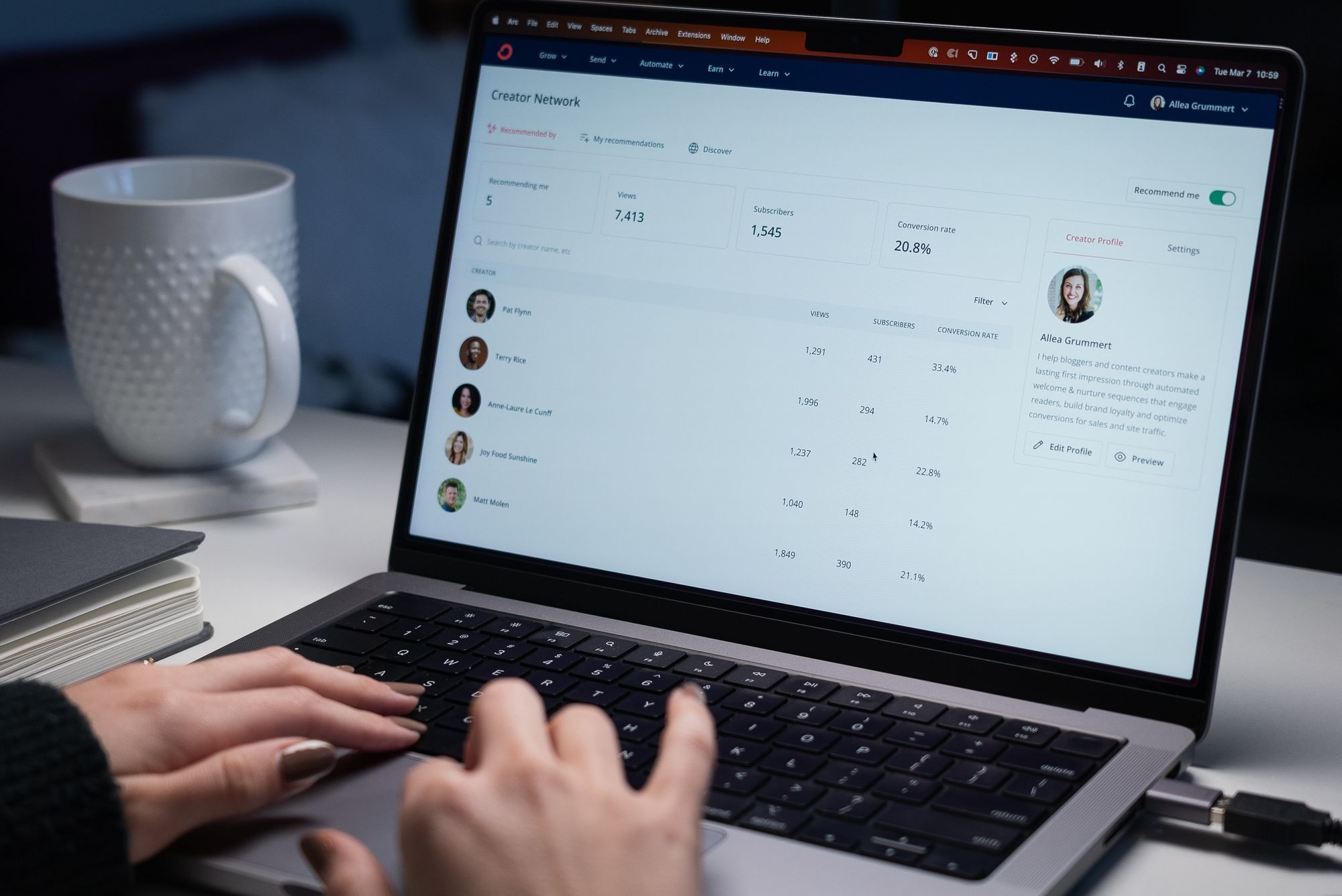In today's digital landscape, where online security breaches and unauthorized access are prevalent, it has become crucial for businesses to implement robust security measures to protect user accounts and sensitive information. One such essential security feature is the email verification screen. In this expert guide, we will delve into the significance of email verification screens, explore examples from leading platforms, discuss best practices, and answer commonly asked questions. By the end, you'll understand how email verification screens can enhance user security, foster trust, and strengthen account authentication.
Understanding Email Verification Screens: The Gateway to Account Security

An email verification screen is a crucial step in the user registration process that ensures the validity of the provided email address and verifies the ownership of the account. It acts as a gatekeeper, preventing unauthorized users from gaining access to the platform while instilling confidence in users that their accounts are secure. By sending a verification email to the registered email address, the user is required to click on the verification link or enter a verification code to confirm their identity and activate their account.

Examples of Effective Email Verification Screens: Inspiring Trust and Security

- Dribbble: Dribbble, a popular design community platform, utilizes an email verification screen that prominently displays a clear message informing users about the importance of email verification. It provides a "Resend Verification Email" option for users who may not have received the initial verification email.
- Auth0 Community: The Auth0 Community platform showcases a well-designed email verification screen that features a visually appealing interface. It includes a concise message explaining the purpose of email verification and offers a straightforward "Verify Email" button for users to complete the verification process.
- WordPress 5.3: WordPress, the widely-used content management system, introduced an email verification screen in version 5.3. The screen presents a clean and user-friendly design, with a clear call-to-action button for users to verify their email addresses promptly.

Best Practices for Designing Effective Email Verification Screens

- Clarity and Conciseness: Ensure that the email verification screen delivers a clear and concise message about the purpose and importance of email verification. Use simple language and provide instructions that are easy to understand.
- Visible Call-to-Action: Place the verification button or link prominently on the screen, making it easily noticeable and accessible. Use descriptive text such as "Verify Email" to guide users through the process.
- User-Friendly Interface: Design the email verification screen with a user-friendly interface, considering factors such as readability, intuitive layout, and mobile responsiveness. Optimize the screen for different devices to accommodate a seamless user experience.
- Error Handling: Incorporate error handling mechanisms to address potential issues during the verification process. Display informative error messages and provide alternative options, such as the ability to resend verification emails or contact support.
- Branding Consistency: Maintain consistency with your brand's visual identity and design elements throughout the email verification screen. This helps reinforce brand recognition and trust among users.
Commonly Asked Questions
Q1: Why is email verification important for user accounts?
Email verification is crucial for user accounts as it ensures that the email address provided during registration is valid and belongs to the user. It adds an extra layer of security, reduces the risk of unauthorized access, and helps maintain a database of genuine users.
Q2: Can email verification screens be customized?
Yes, email verification screens can be customized to align with the branding and design elements of your platform. It's essential to strike a balance between customization and providing a clear and intuitive user experience.
Q3: How can I encourage users to complete the email verification process?
To encourage users to complete the email verification process, clearly communicate the benefits of verification, such as enhanced security and access to additional features. Additionally, consider providing incentives or rewards for completing the verification, such as unlocking exclusive content or offering a seamless onboarding experience.
Q4: Are there any alternatives to email verification for account authentication?
While email verification is a widely adopted method for account authentication, other alternatives include SMS verification, two-factor authentication (2FA), or social media account linking. These methods can be used individually or in combination to provide additional layers of security.
Conclusion
creens play a vital role in enhancing user security, instilling trust, and protecting sensitive information. By implementing effective email verification screens, businesses can ensure the authenticity of user accounts, prevent unauthorized access, and foster a secure digital environment. By following best practices and leveraging examples from leading platforms, you can design user-friendly and visually appealing email verification screens that streamline the verification process. Embrace email verification screens as an essential component of your account authentication strategy and empower your users with a heightened sense of security and trust.

